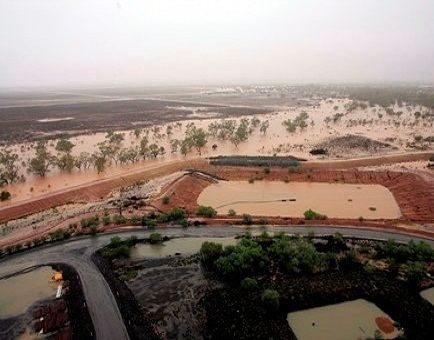Products SilverLeadZinc | Type Underground Opened 1997 | |
Capture aerial photography solutions south 32 cannington mine
The Cannington Silver and Lead Mine is an Australian underground mine located in north-west Queensland, in the Shire of McKinlay, about 200 kilometres (124 mi) southeast of Mount Isa. The deposit was discovered by Broken Hill Proprietary Company (BHP) in 1990. Although sitework and underground mining began in 1997, full production was not achieved until early 1999, with 1.5 million tons of ore processed in 1999. Production since has reached 3 million tons of ore per year. As of 2010 it was the largest and lowest cost silver and lead mine in the world. The expected life of the Cannington mine is 25 years. On August 19, 2014, the mine's owner BHP Billiton announced it was splitting the company in two. A newly formed entity called South32 is to house BHP Billiton's non-core businesses including the Cannington Mine. To be capitalized at $15 billion, South32 is to be listed on the Australian Securities Exchange, with a secondary listing in Johannesburg.
Contents
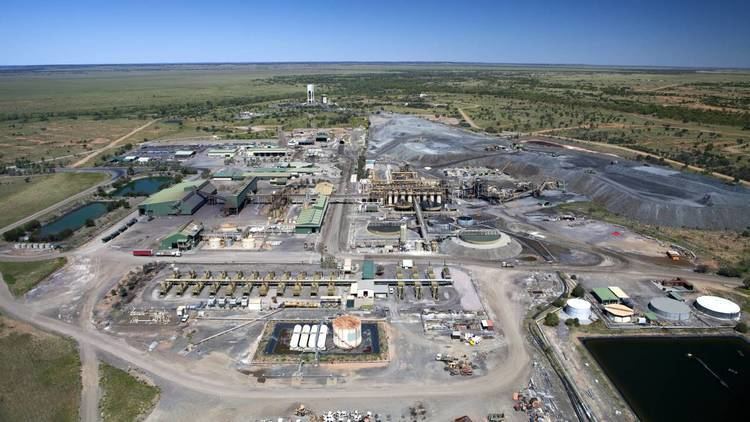
GeographyEdit
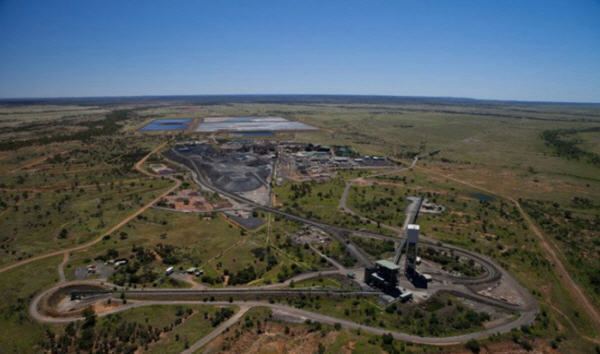
Cannington lies on a broad plain with a few low mesas. The plain is crossed by meandering rivers which are dry for a large part of the year, but which flood periodically. The area is semi-arid with 250 millimetres (9.84 in) of annual rainfall falling mostly between November and March. The mine itself lies near the confluence of the Hamilton River and Trepell Creek.
GeologyEdit
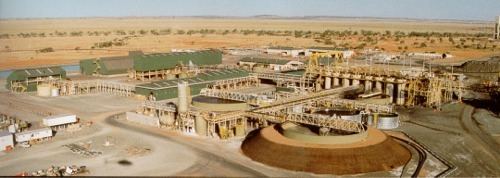
The deposit is in Paleoproterozoic to Mesoproterozoic (2500–1000 mya) metamorphosed sedimentary rocks, known as the "Soldier's Cap Group", and is overlain by approximately 60 metres (197 ft) of Cretaceous and more recent overburden. The deposit was discovered as result of an aeromagnetic survey of the Soldiers Cap Group in the eastern Mount Isa inlier. The area was selected for survey based upon extrapolations from known prospects and associated lithostratigraphy. In other words, the rocks were the same as other known prospects, only slightly more deeply buried. The aeromagnetic survey pinpointed Cannington as a potential site and subsequent drilling proved it out.
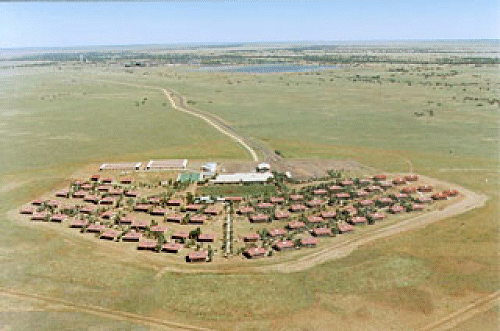
The theory of formation of the Cannington deposit, and the related deposits at McArthur River, Century, Mt Isa, Hilton, and George Fisher, is explored in a 2005 paper by Large, et al.
The major ore minerals are galena and sphalerite. The silver occurs mainly as freibergite but is also present in solid solution within the galena.
